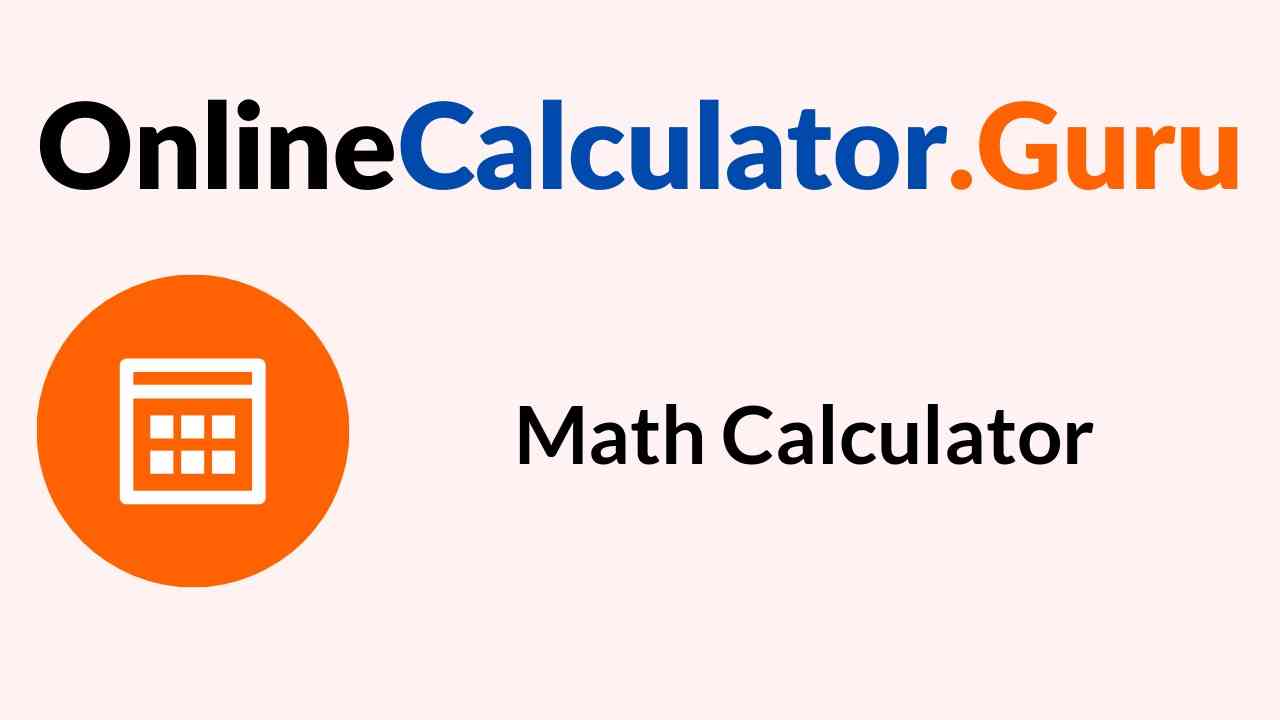Bag and Coins Probability Calculator
The concept of money bag with coins is related to the probability. Find the calculator for Bag and Coins Probability here. Bag and Coins Calculator is a free online tool used to solve the probability problems. Learn to use Money Bag with Coins Calculator with suitable examples.
How to Use Bag and Coins Calculator with steps
Follow the procedure to know how to utilize the money bag with coins probability calculator.
- Enter the relevant values in the input fields.
- Hit the “Calculate” button to solve the problem.
- The required output will be displayed.
Money Bag with Coins Probability Questions with Answers
- Two bags contain ten coins each and the coins in each bag are numbered from 1 to 10, one coin is drawn at random from each bag. The probability that one of the coin has value 1, 2, 3 or 4 while the other has value 7, 8, 9 or 10 is _____________.
Solution:
Probability for taking any of number (1, 2, 3, 4) from bag 1 and (7, 8, 9, 10) from bag 2.
P2 = 4/10 × 4/10 = 16/100 = 0.16
Total probability to draw the coins = P1 + P2 = 0.16 + 0.16 = 0.32
- A bag contains 50 coins and each coin is marked from 51 to 100. One coin is picked at random. The probability that the number on the coin is not a prime number, is
- 3/5
- 1/5
- 4/5
- 2/5
Solution:
Given,
A bag contains 50 coins and each coin is marked from 51 to 100. One coin is picked at random.
Let A be the event that the number on the picked is not a prime.
The prime’s lies in between 51 and 100 are 53, 59, 61, 67, 71, 73, 79, 83, 89 and 97. They are 10 in numbers. Therefore the numbers lies between 51 and 100 and which are not primes are
50 - 10 = 40
So, the number of times A happens is 40.
P(A) = m/n
P(A) = 40/50 = 4/5
Option C is the correct answer.
FAQs on Money Bag and Coins Calculator
- When we toss a coin, there are two possible outcomes - head or tail. Therefore, the probability of each outcome is 1/2. Justify your answer.
Yes, probability of each outcome is 1/2 because head and tail both are equally likely events.
- What is the probability formula?
The probability of an event A is P(A) = The number of favorable outcomes/ Total number of events in the sample space.
- When we toss a coin the possible outcomes are?
The possible outcome when we toss one coin is head or tail i.e, 50 percent.
